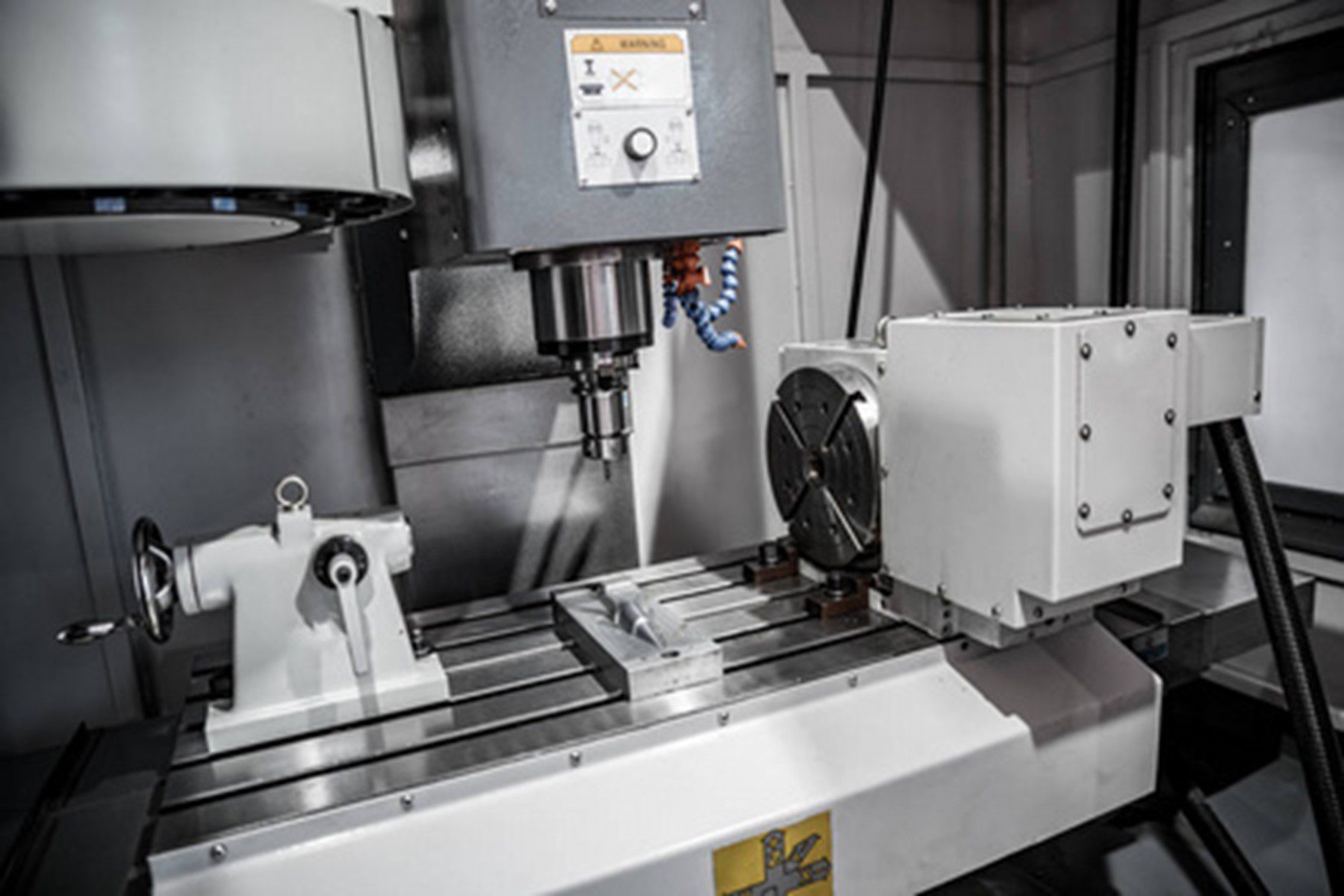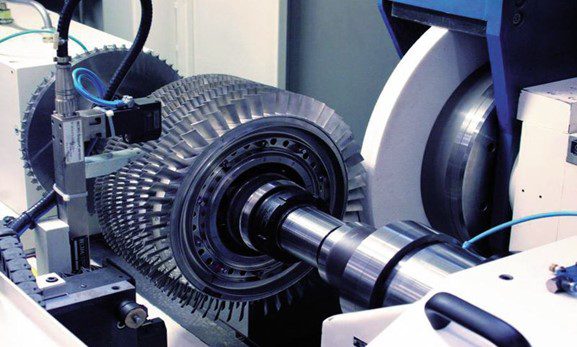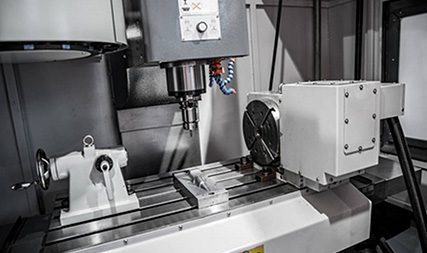Do you know CNC lathe machining experience
I. The surface roughness of ordinary high-speed precision machining car with small margin is not up to the requirement. What is the reason?
1.Problem analysis: I often see some novice lathes, when finishing small shaft or small hole parts, the speed has reached the limit speed of the machine tool. But because the technology is not at home, the size of the processing is not directly in place, and it is only a few threads or more than a dozen threads before it is in place. At this time, the tool is in for fine turning. As a result, the size is reached, but the surface roughness is poor.
2.The reason is that the alloy knife does not cut in smoothly like a kitchen knife cuts meat during processing. It cuts off the iron filings with a little squeeze. When the margin is sufficient, because of the toughness of the material, it will be smoothly "cut" off, and the surface will be smooth. But once the margin is too small, the thin iron filings cannot be smoothly taken away due to the effect of squeezing, and the surface of the workpiece will be "picked".
3.The solution: the margin reserved for finishing cannot be less than 0.35mm, otherwise the surface of the workpiece will be damaged due to insufficient deformation of the iron filings. Improving the method of mastering dimensional accuracy has become the key to solving this type of problem!

II. What is the reason for the excessive resistance during cnc metal machining and drilling? What is the reason for not drilling?
1. The chisel is too wide! The chisel edge at the drill core is an important factor that directly affects the drilling resistance. Generally, the width of the chisel edge needs to be trimmed to 1/3---1/5 of the original in order to cut into the workpiece lightly.
2. The back angle is too big! Many novice turners are always afraid that the drill is not sharp enough, so the back of the drill bit is sharpened very obliquely! The actual processing of such a drill is not as smooth as imagined. Especially at the moment of cutting and reaming, it is easy to chip and generate huge noises, which affects the image of the lathe. In addition, if the relief angle is too large, a lot of vibration will be generated, which will cause serious vibration of the drill bit during processing. For small and long drill bits, it is more prone to inexplicable breakage. Therefore, the back angle should not be too large. Generally, 6-8 degrees is appropriate, and the back shape should not be ground into a straight shape as far as possible. It is better to use and be more durable when ground into an arc shape.
3. The rake angle near the chisel edge should be artificially enlarged! Grind the rake angle close to the edge of the drill bit to reduce the resistance of drilling, making the cutting brisk and labor-saving.
4. The blades of the drill are asymmetrical, and the center is offset! After the drill point is coarsely sharpened, first correct the chisel edge to make the chisel edge shorter, which is more conducive to observing whether the position of the drill core is centered.

III. The turning tool keeps chipping, how to solve the problem?
1.Problem analysis: After being turned down by the turning tool, the iron filings pass in front of the turning tool, curling and breaking along the shape of the front of the turning tool. Therefore, the shape of the front of the turning tool directly affects the deformation of the iron filings.
2.If you carefully observe the deformation of the iron filings, you will find that after the iron filings are cut, they will undergo a bending deformation when they pass in front of the turning tool. When the iron filings pass through the chip flutes, they begin to bend upwards and then move towards Before the turn!
3.Continuously chipped iron chips are usually, after the iron chips have passed through the chip flutes, they still extend a long distance backwards before they begin to bend forward. However, the broken iron chips start to flip forward violently after hitting the edge of the chip flute, and then forcefully hit the lower part of the cutting tool and break! Then, the key to breaking the iron filings is, how to force the iron filings to start to fold forward after passing the edge of the chip flute!
4.Solution: Grind the cutting edge of cnc machining parts lower than the edge of the groove to form a high and low step shape. The arc of the step is minimized to form a "chip stop" close to a right angle.
Worthy Hardware is a CNC manufacturing and sheet metal fabrication company, including CNC machining services, CNC milling services, CNC turning services, laser cutting services and stamping services. Call us +86-76989919645 or email us [email protected] for more discounts for your projects..

